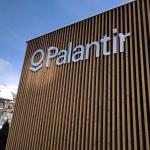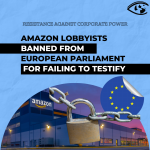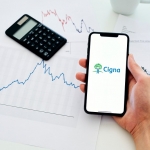The Environmental Cost of Printed Circuit Boards
 Printed circuit boards are the physical structures on which electronics components are mounted. Manufacturing is divided into five steps: board preparation, application of conductive coatings, soldering, fabrication and assembly. These steps produce the following wastes.
Printed circuit boards are the physical structures on which electronics components are mounted. Manufacturing is divided into five steps: board preparation, application of conductive coatings, soldering, fabrication and assembly. These steps produce the following wastes.
 Air Pollutants
Air Pollutants
- particulates
- acid fumes
- ammonia fumes
- organic vapors
- CFCs, or chlorofloro carbons
 Waste Stream Pollutants
Waste Stream Pollutants
- acid and alkaline solutions
- electroless copper baths
- catalyst solutions
- developing solutions
- resist material
- etchants
- aqueous metals
- plating baths
- metals, including nickel, silver, copper, lead
- flux residue
- deionized water
Other Wastes
- sludge
- scrap board metal
- waste rinse water
- solder
- filters
- gloves
The electronics industry uses tetrabromobisophenol-A (TBBA) to produce fire-resistant printed circuit boards. Methyl bromide, a pesticide classified as a category I acute toxin and a potent ozone depleter, is a byproduct of TBBA.
Sources: EPA, 1995. The Bromide Barons, Political
Ecology Group and Transnational Resource & Action Center, forthcoming March 1997.
For more information, contact:
Silicon Valley Toxics Coalition
760 N. First Street
San Jose, CA 95112
Phone: (408) 287-6707
Fax: (408) 287-6771
Email: svtc@svtc.org
- 192 Technology & Telecommunications




